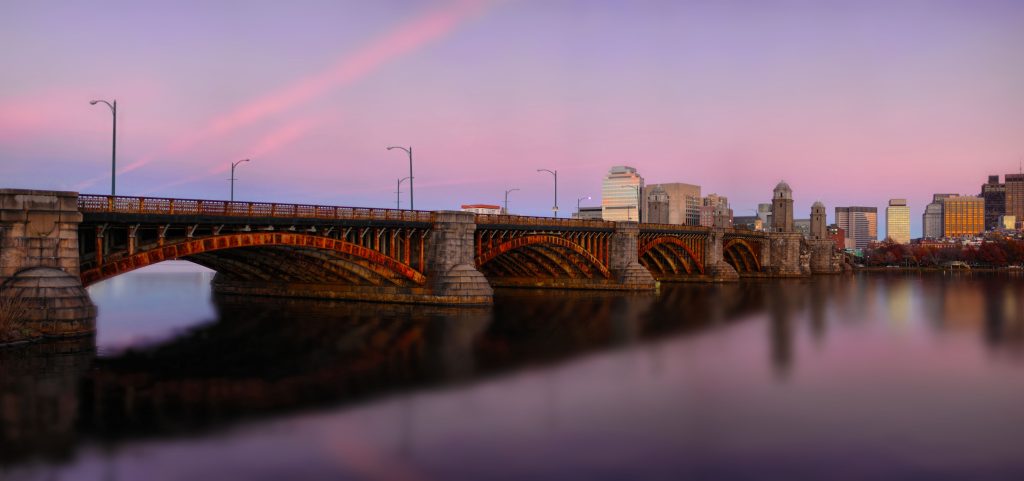Historic Masonry Bridge Rehabilitation

New England is home to many iconic and historic bridges. Within the Boston area, many well-known historic bridges cross the Charles River connecting Boston to Cambridge. Typically, these bridges have a distinctive masonry component related to the time frame of construction and the prevailing architectural influences of the surrounding region. Several years ago, the Massachusetts Department of Conservation and Recreation (DCR), which had jurisdiction over the Charles River bridges (these now belong to the Massachusetts Department of Transportation or MassDOT), began a systematic evaluation/renovation/reconstruction program to rehabilitate deteriorating bridges over the Charles River. Several bridges are currently in the design phase and two are in the construction phase. This session will discuss design considerations required when rehabilitating an historic masonry bridge, including: Assessing the historic masonry construction; Design options to extend masonry service life; Reuse of existing masonry materials in the new construction; Construction techniques to facilitate ease and speed of construction for recreating masonry details. The session will include examples from the author’s experience and involvement with several historic masonry bridges in the New England area, including the Longfellow Bridge and the Anderson Memorial Bridge over the Charles River.
Publisher
Proceedings of the Structures Congress 2014, April 3-5, 2014, Boston, MA, ASCE